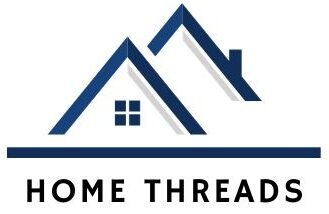In California, homeowners are facing new challenges when it comes to insuring their roofs. Roof Insurance Coverage California, which stands for “Roof Risk Factor,” is becoming a crucial element in determining roof insurance coverage. This article will explain what RFR means, how it affects your insurance, and what you need to know to protect your home in California.
Understanding RFR in Roof Insurance
RFR, or Roof Risk Factor, is a rating system used by insurance companies to assess the risk associated with insuring a roof. This system takes into account various factors to determine how likely a roof is to suffer damage or need replacement.
Key Factors in RFR Assessment
– Age of the roof
– Material used
– Installation quality
– Maintenance history
– Local weather patterns
Insurance companies use these factors to calculate an RFR score, which then influences your coverage options and premiums.
How RFR Affects California Homeowners
In California, the implementation of RFR in roof insurance coverage has led to significant changes for homeowners. Here’s what you need to know:
1. Stricter requirements: Insurance companies are now more selective about the roofs they cover.
2. Higher premiums: Homes with higher RFR scores may face increased insurance costs.
3. Limited coverage: Some older or high-risk roofs may only qualify for limited coverage.
4. Mandatory inspections: Insurers may require regular roof inspections to maintain coverage.
California’s Unique Challenges
California faces specific challenges that make RFR particularly important:
– Wildfire risk: Many parts of the state are prone to wildfires, increasing the importance of fire-resistant roofing materials.
– Earthquake concerns: Roof stability during seismic events is a significant factor in RFR calculations.
– Diverse climate: From coastal areas to inland deserts, California’s varied climate affects roof durability differently across regions.
Steps to Improve Your Roof’s RFR Score
To ensure better insurance coverage and potentially lower premiums, consider these steps:
1. Regular maintenance: Keep your roof in good condition with routine checks and repairs.
2. Upgrades: Consider upgrading to more durable, fire-resistant materials.
3. Professional inspections: Have your roof professionally inspected and documented regularly.
4. Documentation: Keep records of all repairs, upgrades, and inspections.
Navigating Insurance Options
With the new RFR system in place, it’s crucial to understand your insurance options:
1. Shop around: Different insurers may have varying RFR criteria, so compare multiple quotes.
2. Ask questions: Inquire about specific RFR requirements and how you can improve your score.
3. Consider specialized policies: Some insurers offer policies specifically designed for high-risk roofs.
4. Explore state programs: California may offer assistance programs for homeowners struggling to find coverage.
The Future of Roof Insurance in California
As climate change continues to impact weather patterns and increase natural disaster risks, Roof Insurance Coverage California is likely to become even more critical in California’s insurance landscape. Staying informed and proactive about your roof’s condition and insurance options will be key to protecting your home in the years to come.
Conclusion
Understanding what RFR means for roof insurance coverage in California is essential for homeowners. By knowing how RFR affects your policy, taking steps to improve your roof’s score, and exploring your insurance options, you can better protect your home and manage your insurance costs.
Read more on the roof category







